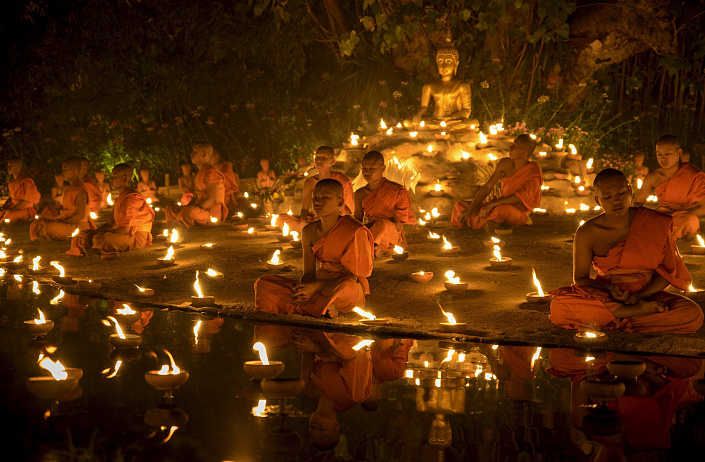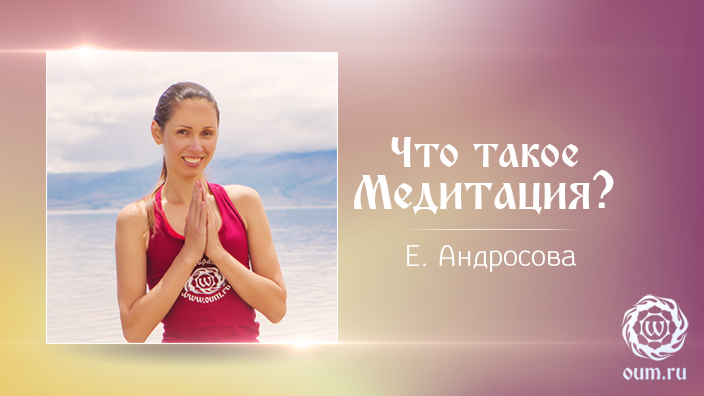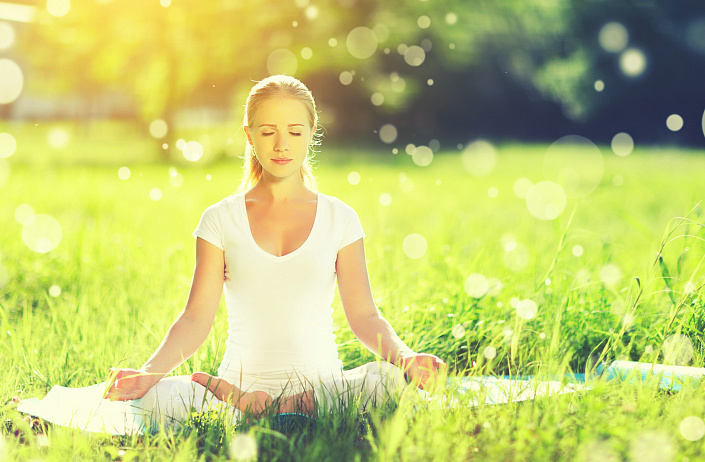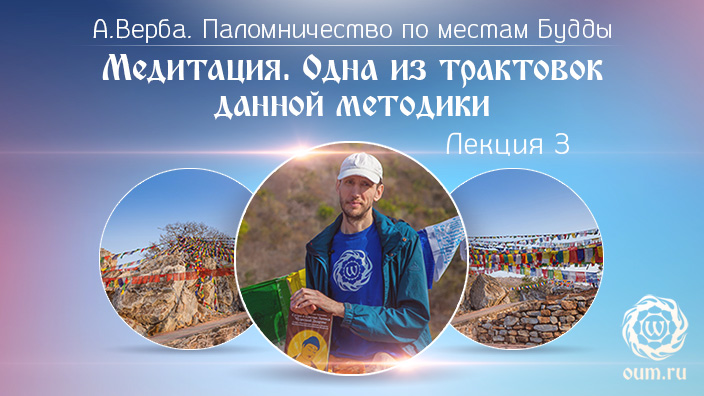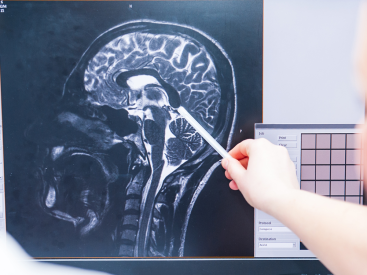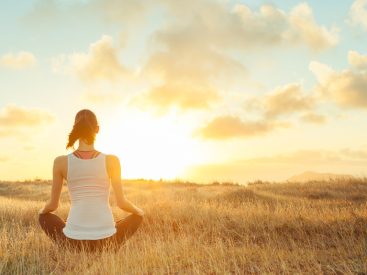The mind is everything. You become what you think about.
Buddha
ZOften, when we have something, we stop appreciating it. As soon as we are born, we take the first breath, and with the last breath we leave this life. We understand that we cannot live without breathing for more than a few minutes, but we pay little attention to it. Although, in fact, breathing is not only a vital physiological process.
Breathing is a valuable tool in regulating the flow of energies in the subtle body and, accordingly, the work of our nervous system.
In the course of research, scientists have established a relationship between the emotional state of a person and the nature of breathing. For example, a person experiencing fear breathes quickly and shallowly; while the person experiencing happiness breathes slowly and deeply. This relationship works both ways.
Since in the experiments, when the subjects began to breathe at a given pace, they experienced the same emotions as people whose breathing changed under the influence of these emotions. This means that by controlling the nature of our breathing, we can control our emotions, mood, and hence thinking. Because our emotional state has a huge impact on how we think and what decisions we make.
Mindful breathing meditation is a foundational practice in the Buddhist tradition. The primary source of this practice is the Anapanasati Sutta. A technique for focusing attention on inhalation and exhalation. In the Sutta, Buddha Shakyamuni instructs the monks on how to use their breath to later achieve enlightenment.
In the modern world, this practice is still relevant. In addition to Buddhist monks, the practice of mindfulness breathing is used by yogis, mindfulness coaches, psychologists, and many others. Why is it so widespread, and what is its value?
The importance of mindful breathing, or the value of breathing as a tool for self-management
By focusing the mind on controlling and observing the breath:
- we learn to control prana, that is, our life energy;
- we gain control over emotions and psychological calm;
- develop awareness;
- we calm the mind.
The positive effects of this practice are due to the physiological and energetic structure of our body. Inhaling and exhaling deeply and slowly, thus connecting abdominal breathing, we have a beneficial effect on the internal organs. The lungs expand more, the diaphragm puts more pressure on the abdominal organs, thereby massaging them.
Gas exchange in the lungs increases, the blood is more saturated with oxygen. The parasympathetic nervous system is activated and we feel calm. At the same time, consciousness remains clear, and not sleepy, since we focus on the breathing process. As a result of this one-pointed thinking, the body and mind are relaxed.
We become more sensitive to the processes taking place in the body, and are able to dispassionately be aware of incoming thoughts. Since at the initial stage of mastering the techniques of meditation, it is difficult to achieve a long-term state without thoughts. Try to be aware of the floating thoughts and feelings as an outside observer, simply by accepting their presence without thinking or analyzing.
By training in this way to observe thoughts and feelings with sensitivity and impartiality, we will be able to more quickly recognize and respond to them in our daily life. That is, if, for example, earlier you could flare up or take offense at the offensive words that seemed to you, now the new skills acquired in the practice of meditation will allow you to: quickly detect a negative thought; look at her impartially, as if you were watching this scene in a movie; react in a way that your mind and life principles dictate, not agitated emotions.
Therefore, as soon as you feel an increase in negative emotions, purposefully change the nature of your breathing. Breathe in more deeply, slowing your breaths in and out.
In addition, with practice, the energy channels are cleared and expanded, so you can expand your awareness. In the long term, you can achieve awareness of yourself and everything around “ as it is ”, without dividing into “ bad and good ”, “ mine and someone else’s ”, etc. As a result, the mind becomes quiet.
To use breathing as a tool for self-regulation in daily life requires training these skills. Hatha yoga is an effective preparatory step in developing breath observation and mindfulness. They teach us to be sensitive to our body, to observe the breath and control it. Hatha Yoga prepares our body and mind for the practice of meditation.
It is advisable to practice in a well-ventilated, clean and calm place, or outdoors. Not on a full stomach.
- Sit in a comfortable cross-legged position. This can be any meditative posture. Either sit on the floor with your legs extended or on a chair, or lie on your back as in shavasana. Keep your back straight from tailbone to crown.
- Close your eyes and relax your body. Breathe deeply, slowly, and relaxedly.
- Feel the cool air passing through your nostrils as you inhale and warm as you exhale. At this and subsequent stages, do several breathing cycles (one cycle is inhalation and exhalation). Take your time, completely immerse yourself in the observation of the breath.
- Now turn your attention to the throat and watch the cool air pass through the throat as you inhale and leave warm air as you exhale.
- Next, we direct our attention to the chest. Feel the chest expand and rise as you inhale and lower as you exhale.
- After that, turn your attention to your stomach and feel how it inflates as you inhale and draws in as you exhale.
- After you have walked your attention through all stages of the breath, you feel more relaxed and focused on the breath. Now continue to observe your breath without losing your concentration. Choose how you can do it more efficiently: you can count the breath cycles from 10 to one and over again; focus on the tip of the nose, where you feel the first contact with air; you can inhale and exhale equal in duration, and increase each subsequent breathing cycle by one count (for example, first we mentally count when inhaling to five and when exhaling to five, the next cycle we breathe longer by one count, to six, and so on Further).
- Take as much time as the situation allows you to practice. To get started, you can practice for 10-15 minutes. The practice will be more effective if you do it regularly. As often as you can afford it. When you practice mindfulness breathing frequently, it can be a great way to relax, calm down, and rejuvenate. You can feel refreshed and refreshed much faster than usual.
We sincerely wish you success in your practice and self-realization. May this practice help you unleash deep peace and joy in you!
